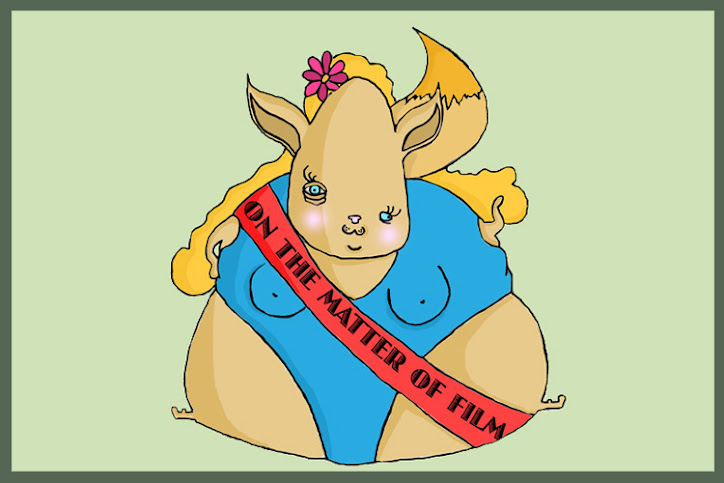
When I think of Stanley Kubrick, I normally think A Clockwork Orange, The Shining, 2001, and when I remember to Dr. Strangelove. But did you know he was making movies even before Spartacus in 1960, a film I always forget was his. I figured if I want to get nice and learned I might as well acquaint myself with everything he ever made. And what I saw could chill you to the bone.
First I watched Paths of Glory, a small scale World War One film dealing with the accused cowardice of a squad of soldiers, and the punishment carried out against them. It was good to begin with this because it features more staples I recognized from later Kubrick films. He makes use of long tracking shots of characters, this time in fox holes. He has bizarrely framed wide angle close-ups on characters in great emotion distress. He uses handheld camera work briefly in the fight sequences.
Less technically, and more importantly, it touches on the madness of war. A general orders that his own men are to be fired on, and turns around and charges them with mutiny. The ending scene is a heart warming display of humanity where it's least expected. It feels like Kubrick is given permission to put his own voice and artistry into this film, even though it was all the way back in 1957, when no one knew he'd be revered as one of the greatest directors to ever live.
Both Timothy Carey and Joe Turkel, seen above (respectively), star in Paths of Glory in vital supporting roles, and in The Killing in minor supporting roles. Turkel comes back as the creepy bartender in The Shining. He's older then. Why'd I point this out? To tie into what I have to say about The Killing.
The Killing was interesting to watch after Paths of Glory because I'd expected Glory to have less of a Kubrick feel than it did, and assumed if it had so much familiar to other Kubricks, The Killing must have too. But it didn't. It plays out as a normal-to-the-times noir-ish heist film. A group of guys hang out, decide to rob a race track, and things end up not going so well. Heavy handed narration plagues the beginning, and average conventions arise throughout.
Noticing what makes most of the later Kubrick films distinctive was trickier, and therefore interested me greatly. All of the type was in Futura font, which was surprising. Handheld is used even more sparingly than in Glory. Wide shots are rarer. Direction feels a lot lazier. It was a real gas to see how far Kubrick's style came in just a year, with The Killing having come out in 1956.
I was curious to see the difference between Stanley Kubrick in the 50s and Stanley Kubrick in the 70s. Just like his body changed drastically from svelt, be-haired young rogue to overweight, balding aged man, so followed his cinematic style. Long live the auteur theory, and long live the mid to late 1950s!
- Eric T. Voigt, Yours Truly


No comments:
Post a Comment